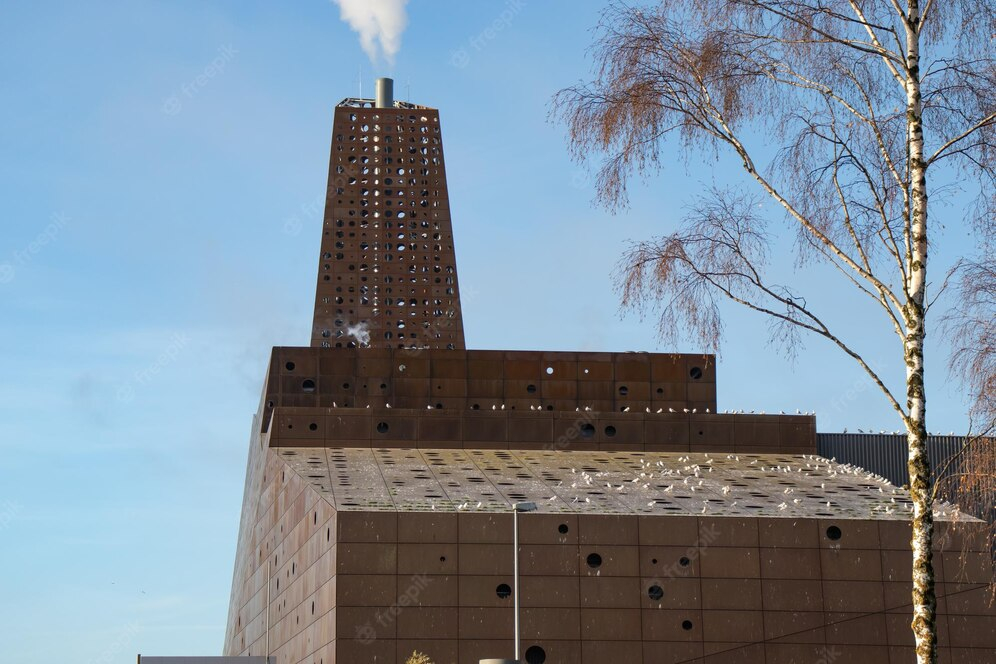
What Is An Incinerator?
In short, an incinerator is a furnace that is used to burn waste.
Incineration is a waste heat treatment process where organic substances found in waste materials are combusted.
Incinerator waste
Overall, many different components make up waste, including organic materials, minerals, metals, and water. Incineration and other waste treatment systems that require high-temperature to be effective as known as “thermal treatments.” When waste materials are incinerated, the waste is converted into ash, flue gas, and heat. Some systems can also be used with incinerators that will use the heat to generate heat for space heating or electricity or both. This is known as Waste to Energy (W2E); it is also known as Energy from Waste (EfW).
We are seeing more and more demand for the usage of waste as fuel and an energy source. This system comes with many benefits, including reducing the amount of waste that goes into landfills and bodies of water. But, there are some challenges too, like ensuring that the emission from the incineration methods are strictly controlled.
This is vital to ensure the air remains safe and in compliance with operating regulations and legislation. With that being said, it’s important to know that not everything can be incinerated. Things you can not incinerate include acids, alkaline, lithium, and car batteries, cement, fluorescent lightbulbs, glass, mobile phones, rubber, and small house appliances. Safe things to incinerate include activated carbon, animal fat, automotive waste, bones, cardboard, clothing, food, medication and ointments, porcelain, and wood.
